When was the last time you抳e seen the world抯 cutest kittens? Unless you抳e been to Meow House Kittens, you抳e not seen the world抯 cutest kittens. MeowHouseKittens specializes in selling Himalayan Kittens and Persian Kittens. If you aren抰 familiar with these kittens, these are the kittens you see that look like a big huge fur ball. They are absolutely adorable. When I see them, I just want to hold them and pet them all day, but unfortunately I can抰 make a living petting Persian kittens.
MeowHouseKittens is owned and operated by founder Shannon McGraw. Shannon McGraw started MeowHouseKittens when her child went off to college. Shannon teaches full time as an art teacher and she runs Meow House Kittens part time.
Meow House Kittens is a really unique cattery. In addition to being accredited with the Cat Fanciers?Association, MeowHouseKittens is also recommended by catsdaily.com. With credentials like that, you know that you are dealing with a reputable cattery.
I love like the philosophy of Meow House Kittens. They believe in running a tight ship, meaning they run a cattery with a select few amount of kittens. This lets MeowHouseKittens to fully focus and give attention to each kitten. This is the kind of attention that is sadly missing from large pet stores.
The other reason for keeping things small is for the customers. In addition to giving her kittens full and undivided attention, she follows the same procedures when dealing with customers. Shannon McGraw really treats you like a friend instead of a dollar bill. She is very attentive to her customers and makes sure to follow up quickly with ever customers?email or phone call. This is truly first class service.
About Persian Kittens:
The Persian Breed Standard is by its nature somewhat open ended and focused on a rounded head, large, wide-spaced round eyes with the top of the nose leather placed no lower than the bottom of the eyes. They are a medium sized cat and the standard calls for a short, cobby body with short, well boned legs, a broad chest, and a round appearance. Everything about the ideal persian cat is round.
It is generally accepted (and by the Breed Council) that through selective breeding, in an attempt to develop the ideal Persian appearance, the Ultra Face came about. This has been called ultra-typing. The Persian Breed Council's standard was changed during the late 1980s to limit the development of the extreme appearance. In 2007 the Persian Breed Standard was altered to reflect the flat face and it now states that the forehead, nose, and chin should be in vertical alignment.
Persian cats can have any color or markings including pointed, golden, tortoiseshell, blue, and tabby. Tipped varieties are known as Chinchilla. Point varieties are called Himalayan in the United States and Colorpoint Persian in Europe.
In the USA, there was an attempt to establish the Silver Persian as a separate breed called the Sterling, but it was not accepted and Silver and Golden longhaired cats, recognized by CFA more specially as Chinchilla Silvers, Shaded Silvers, Chinchilla Goldens or Shaded Goldens are judged in the Persian category of cat shows. In South Africa, the attempt to separate the breed was more successful: the SA Cat Council (SACC) registers cats with 5 generations of pure bred Chinchilla as a Chinchilla Longhair. The Chinchilla Longhair has a slightly longer nose than the Persian, resulting in healthy breathing and no tearing of the eyes. Its hair is translucent with only the tips carrying black pigment: a feature that gets lost when out-crossed to other colored Persians. Out-crossing also may result in losing nose and lip liner, which is a fault in the Chinchilla Longhair breed standard. One of the distinctions of this breed is the blue-green or green eyecolor only with kittens having blue or bluish purple eyecolor.
Since Persian cats have long, thick dense fur that they cannot keep clean themselves, they need daily grooming. To keep their fur in its best condition, they must be bathed regularly, dried carefully afterwards, and brushed thoroughly every day. Their eyes need to be checked for problems on a regular basis because some animals have trouble keeping them clean. Likewise, Persians are particularly susceptible to a genetic disease which causes kidney failure, PKD, Polycystic kidney disease.

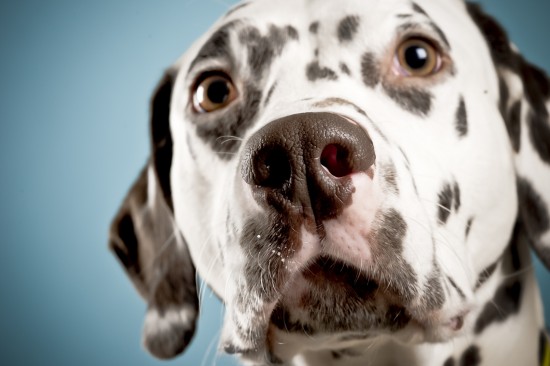 Dalmatian Coat And Skincare
Dalmatian Coat And Skincare
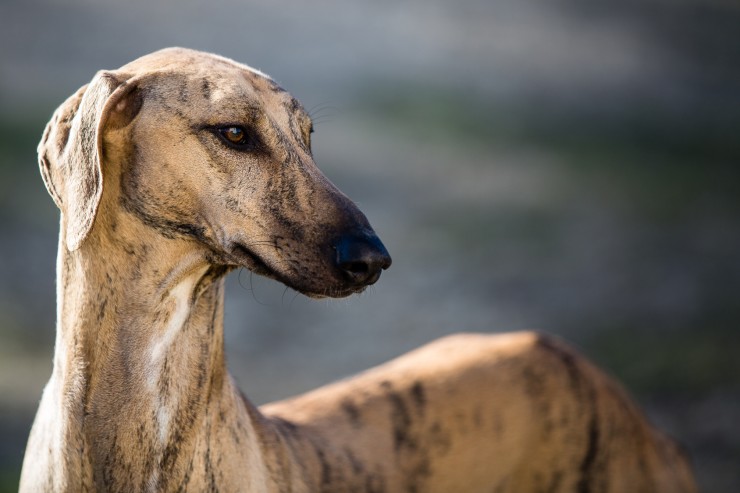 Greyhounds And Their Sensitivity To Drugs
Greyhounds And Their Sensitivity To Drugs
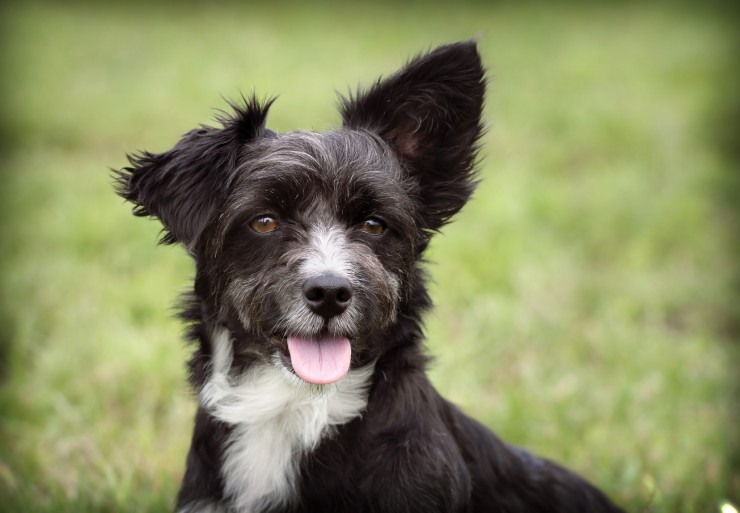 4 Brilliant Ways To Keep Your Dog Happy
4 Brilliant Ways To Keep Your Dog Happy
 7 Things You Should Agree Upon With Your Partner Before Buying A Dog
7 Things You Should Agree Upon With Your Partner Before Buying A Dog
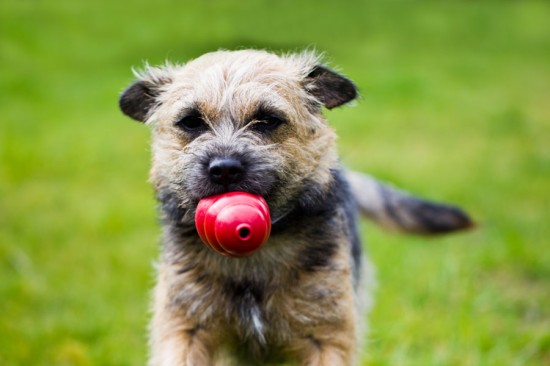 What To Do If Your Dog Eats A Toy (or Other Inedible Object)
What To Do If Your Dog Eats A Toy (or Other Inedible Object)
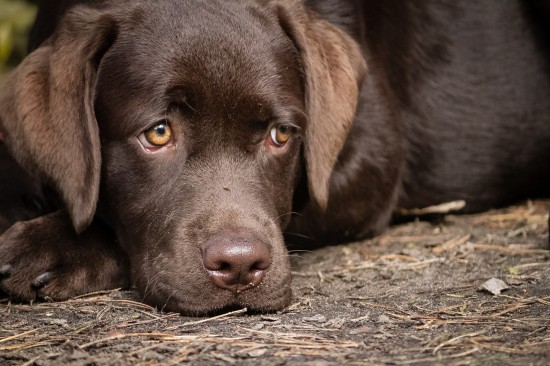 Why You Should Never Medicate Your Dog For Diarrhoea Without Talking To Your Vet
Why You Should Never Medicate Your Dog For Diarrhoea Without Talking To Your Vet
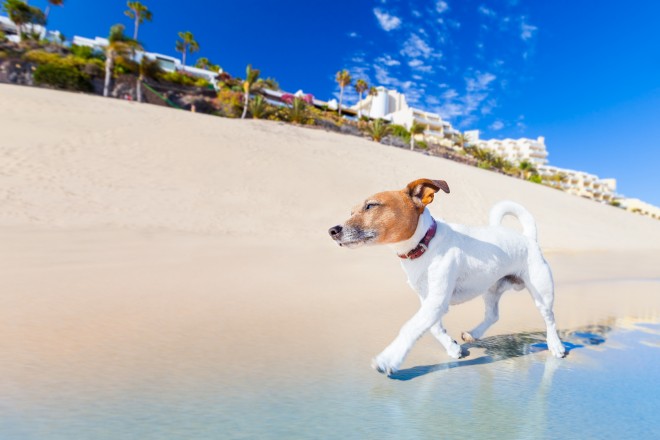 Cooling Your Dog Down After Exercise
Cooling Your Dog
Cooling Your Dog Down After Exercise
Cooling Your Dog
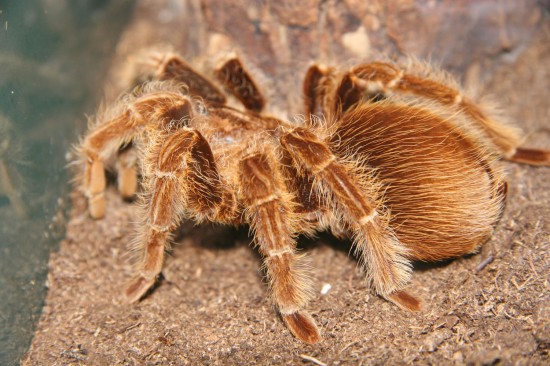 Tips For Choosing And Buying A Healthy Pet Tarantula
Tips For Choosing
Tips For Choosing And Buying A Healthy Pet Tarantula
Tips For Choosing
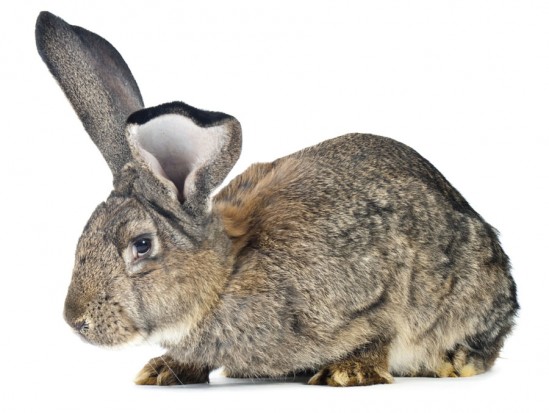 Giant Rabbits - The Next Big Thing?
Giant Rabbits - T
Giant Rabbits - The Next Big Thing?
Giant Rabbits - T
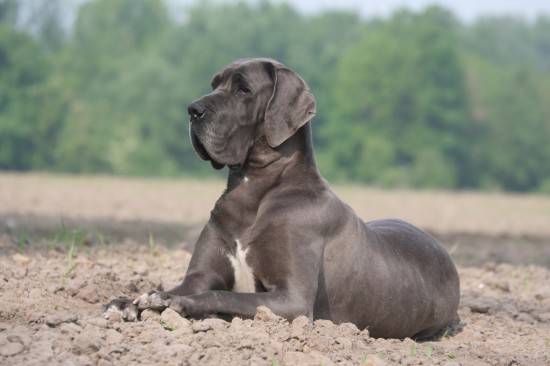 Great Dane Hereditary Health And Longevity
Great Dane Heredi
Great Dane Hereditary Health And Longevity
Great Dane Heredi
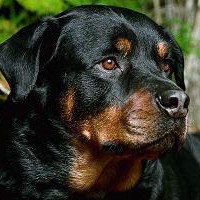 Dog Food And Your Dogs Health
Dogs have survived for thousands of years on meat and th
Dog Food And Your Dogs Health
Dogs have survived for thousands of years on meat and th